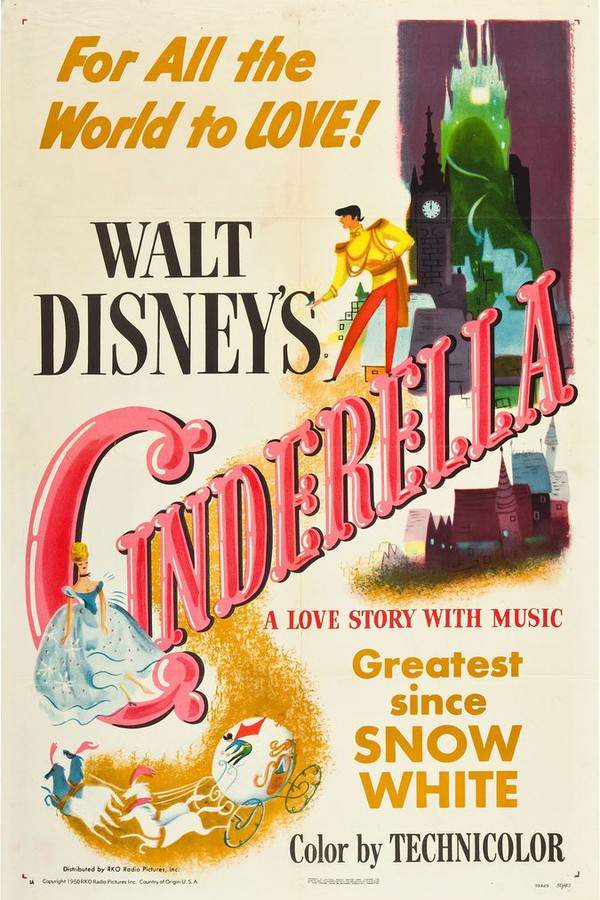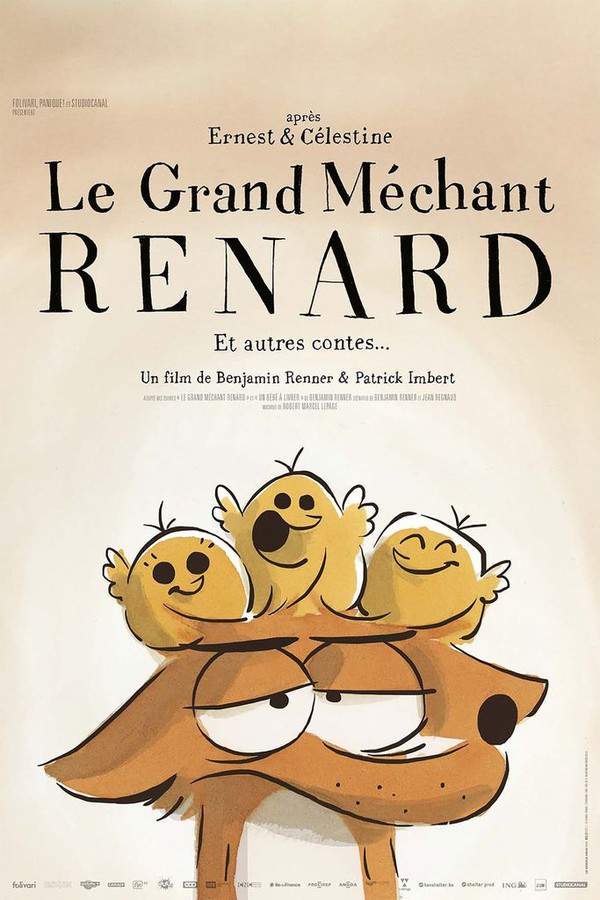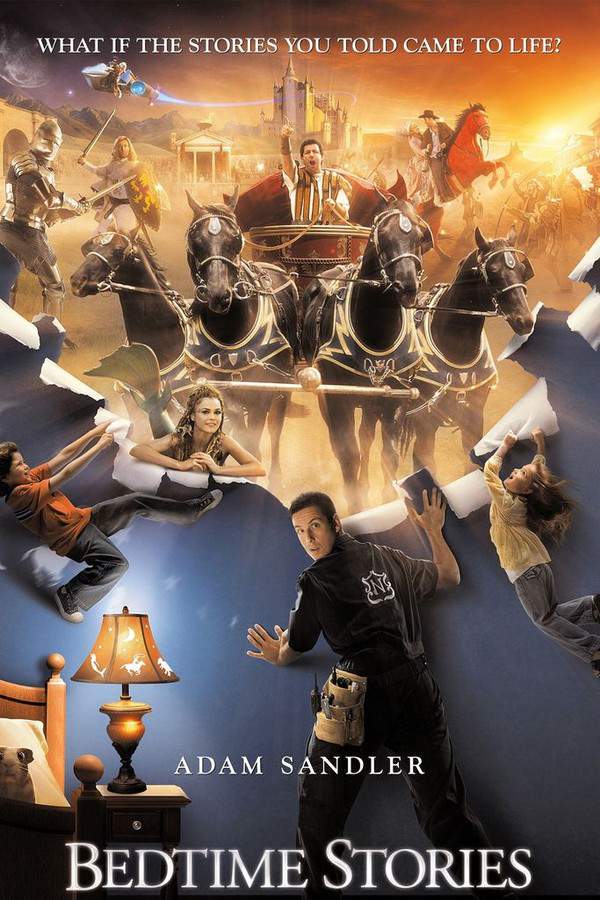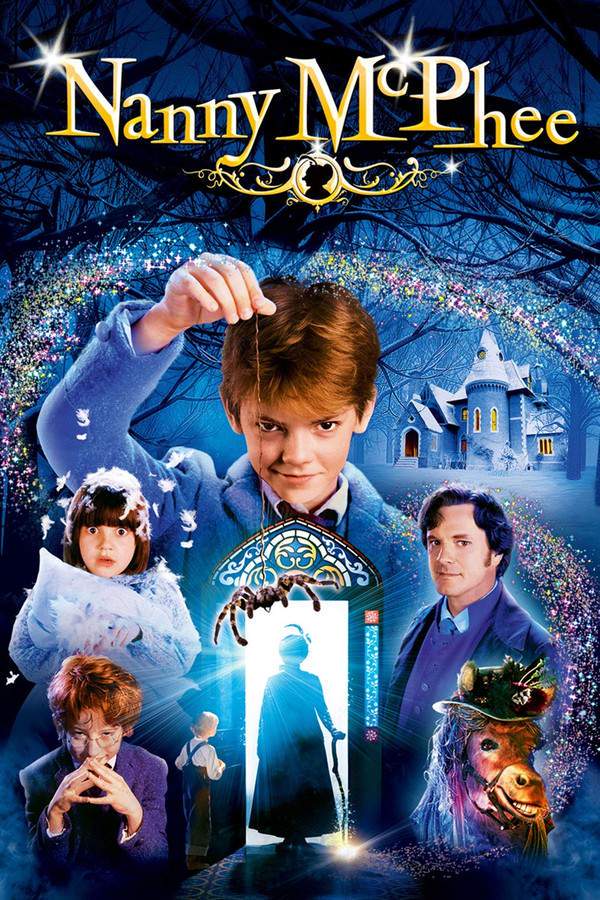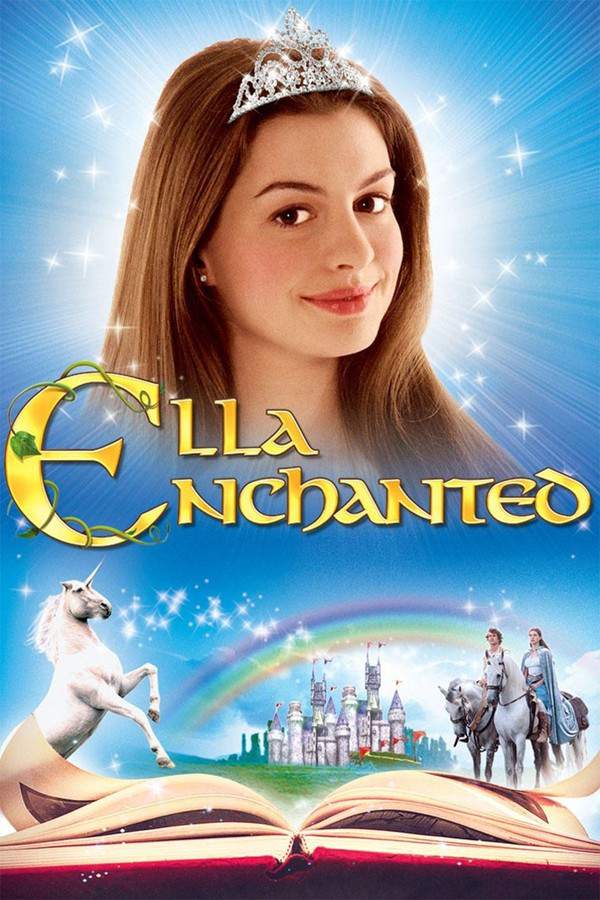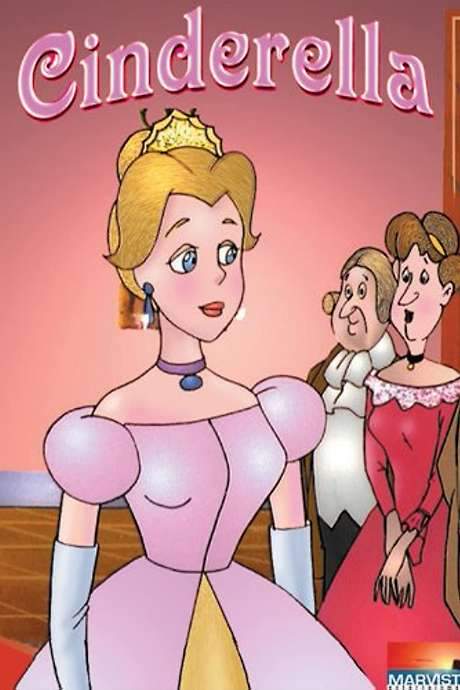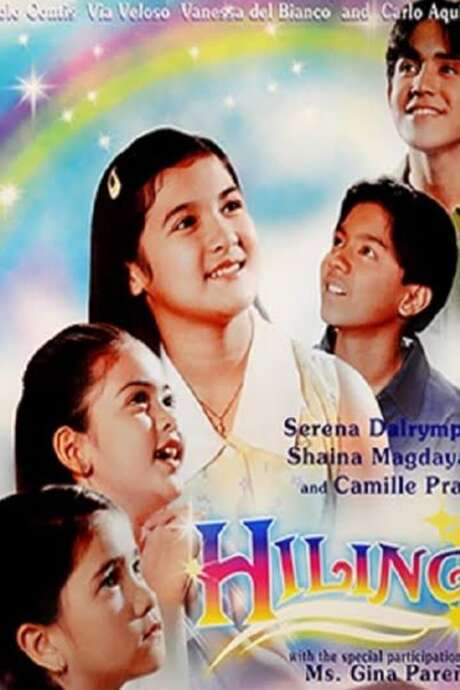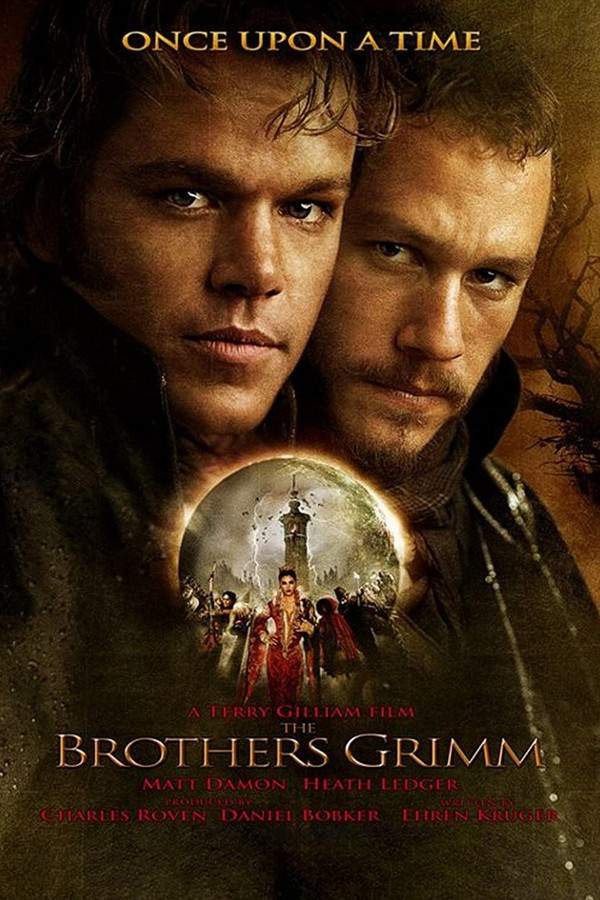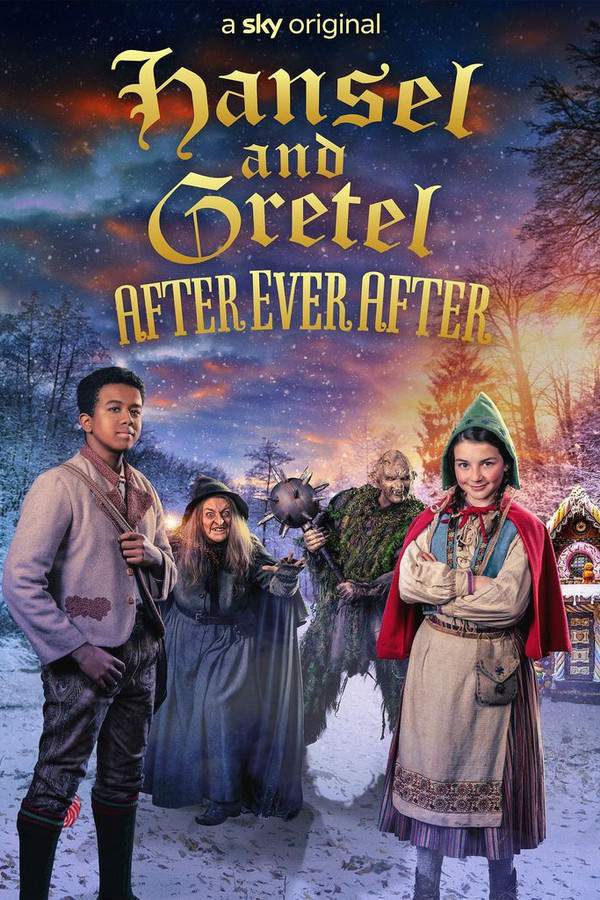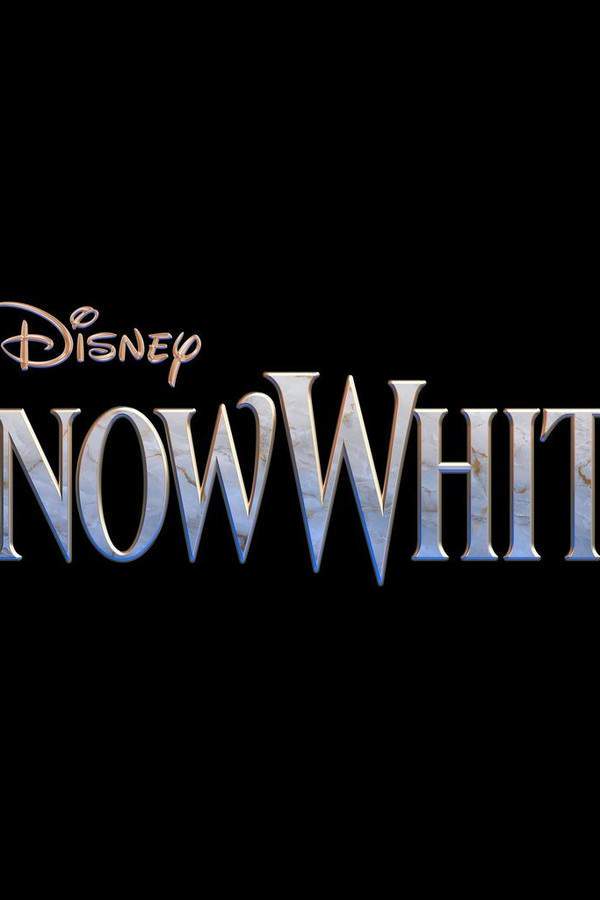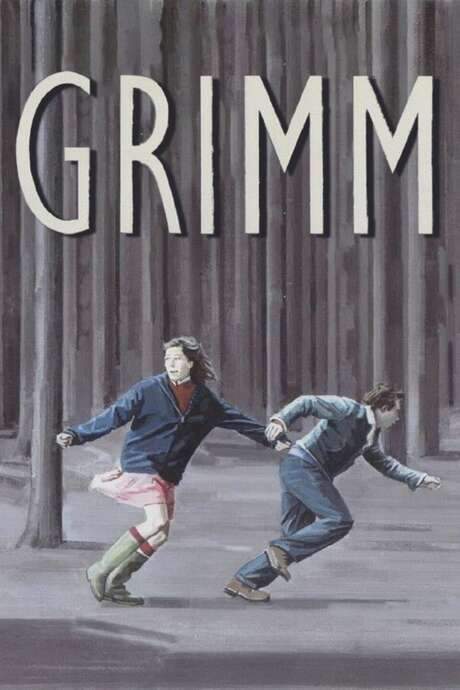
The Wonderful World of the Brothers Grimm
Year: 1962
Runtime: 140 mins
Language: English
Directors: George Pal, Henry Levin
The film dramatizes the nineteenth‑century lives of Wilhelm and Jacob Grimm as they try to escape a catalog of scholarly tomes. Wilhelm is determined to create entertaining works, so the brothers travel the countryside gathering oral folk tales for publication. Their biography is interwoven with vivid reenactments of three classic Grimm stories—“The Dancing Princess,” “The Cobbler and the Elves,” and “The Singing Bone.”
Warning: spoilers below!
Haven’t seen The Wonderful World of the Brothers Grimm yet? This summary contains major spoilers. Bookmark the page, watch the movie, and come back for the full breakdown. If you're ready, scroll on and relive the story!
The Wonderful World of the Brothers Grimm (1962) – Full Plot Summary & Ending Explained
Read the complete plot breakdown of The Wonderful World of the Brothers Grimm (1962), including all key story events, major twists, and the ending explained in detail. Discover what really happened—and what it all means.
The film tracks the lives of Wilhelm Grimm, Laurence Harvey and Jacob Grimm, Karlheinz Böhm, two brothers who balance scholarly ambition with a growing love for the folklore they collect. They work to finish a history for a local duke, but Wilhelm’s real passion lies in gathering fairy tales and often uses their funds to hear them told by villagers. As the brothers move between archival work and living folklore, The Dancing Princess and The Cobbler and the Elves braid themselves into the central narrative, hinting at how storytelling fuels the larger project of recording history. The film treats these tales not as mere diversions but as living forces that shape the brothers’ understanding of culture and memory.
In one sequence, a tale is tested in a bookstore when a storyteller reads to three children to gauge whether publishing a collected volume of fairy tales has real merit. The line between manuscript and myth blurs as the narratives echo through the brothers’ daily tasks and inject a sense of possibility into their academic pursuit. The world of stories deepens further with The Singing Bone, told by an old woman in the forest. Wilhelm secretly listens through an open window as the tale unfurls, and the storytelling becomes a catalyst for how the brothers begin to see themselves and their work differently. The film builds toward a striking finale that hinges on a jeweled dragon and the most elaborate use of the film’s practical and visual effects, underscoring how imagination can illuminate truth as powerfully as historical records.
Throughout the course of their work, Wilhelm loses the manuscript that would complete the Duke’s family history, and the brothers falter under the pressure of an impending deadline. They struggle to pay rent, which had been waived in exchange for their labor, and in the scramble to recover the missing manuscript, Wilhelm wades through a stream when his briefcase bursts open and the manuscript slips away. The loss triggers a severe illness—pneumonia—that threatens Wilhelm’s life. While bedridden, he experiences fevered dreams in which numerous fairy-tale figures come to him, pleading to be named before he dies. The fever eventually breaks, and he awakens with renewed resolve, continuing his own research while Jacob begins to contribute more actively to the fairy-tale project, expanding their collaboration beyond the earlier divisions of labor.
As their work accrues broader recognition, the brothers receive an invitation to honorary membership at the Berlin Royal Academy. The invitation, however, feels hollow because it makes no explicit mention of the tales that have long animated their research. Undeterred, they move forward, and a train ride home becomes a turning point: a chorus of children crowds the platform, crying, “We want a story.” Wilhelm begins to speak, setting the stage for what the film declares in its closing moment.
“Once upon a time, there were two brothers.”
The final image lingers on the hopeful note that fairy tales and scholarly history can coexist, and that the brothers’ partnership endures beyond any single publication. The closing caption reiterates the classic fairy-tale cadence: “…and they lived happily ever after,” signaling a gentle verdict about the power of storytelling to endure across time.
Last Updated: October 09, 2025 at 12:34
Explore Movie Threads
Discover curated groups of movies connected by mood, themes, and story style. Browse collections built around emotion, atmosphere, and narrative focus to easily find films that match what you feel like watching right now.
Stories Within Stories like in The Wonderful World of the Brothers Grimm
Films where the creative process is brought to life through enchanting tales.If you enjoyed the enchanting fairy tales within the main plot of The Wonderful World of the Brothers Grimm, you'll love these other movies that feature a nested narrative structure. Discover similar films about storytelling, creativity, and magical tales that come to life.
Narrative Summary
Movies in this thread typically follow a creator's journey, using self-contained stories—like fairy tales, dreams, or recounted memories—to illuminate the main character's inner world or central theme. The structure creates a sense of wonder and highlights the power of imagination.
Why These Movies?
These films are grouped together because they share a unique narrative structure that braids fictional vignettes into a real-world plot. They prioritize a whimsical tone, a comforting mood, and the joyful act of creation, offering a double dose of narrative delight.
Gentle Historical Fantasies like The Wonderful World of the Brothers Grimm
Uplifting journeys into the past where a touch of magic makes everything brighter.Looking for more movies like The Wonderful World of the Brothers Grimm? Explore this collection of gentle historical fantasies that blend a cozy period setting with light magical elements and an uplifting, heartwarming tone perfect for family viewing.
Narrative Summary
These stories are often biographical or adventure-driven, set in the past, and feature protagonists pursuing a creative or intellectual dream. Conflict is present but not overwhelming, resolved through optimism and a little bit of enchantment, leading to a satisfying, happy conclusion.
Why These Movies?
These films are united by their ability to transport viewers to a softer, more magical version of the past. They share a low-intensity, steady pace, a light emotional weight, and a consistently whimsical tone that makes them comforting and delightful to watch.
Unlock the Full Story of The Wonderful World of the Brothers Grimm
Don't stop at just watching — explore The Wonderful World of the Brothers Grimm in full detail. From the complete plot summary and scene-by-scene timeline to character breakdowns, thematic analysis, and a deep dive into the ending — every page helps you truly understand what The Wonderful World of the Brothers Grimm is all about. Plus, discover what's next after the movie.
The Wonderful World of the Brothers Grimm Timeline
Track the full timeline of The Wonderful World of the Brothers Grimm with every major event arranged chronologically. Perfect for decoding non-linear storytelling, flashbacks, or parallel narratives with a clear scene-by-scene breakdown.

Characters, Settings & Themes in The Wonderful World of the Brothers Grimm
Discover the characters, locations, and core themes that shape The Wonderful World of the Brothers Grimm. Get insights into symbolic elements, setting significance, and deeper narrative meaning — ideal for thematic analysis and movie breakdowns.

The Wonderful World of the Brothers Grimm Spoiler-Free Summary
Get a quick, spoiler-free overview of The Wonderful World of the Brothers Grimm that covers the main plot points and key details without revealing any major twists or spoilers. Perfect for those who want to know what to expect before diving in.

More About The Wonderful World of the Brothers Grimm
Visit What's After the Movie to explore more about The Wonderful World of the Brothers Grimm: box office results, cast and crew info, production details, post-credit scenes, and external links — all in one place for movie fans and researchers.

Similar Movies to The Wonderful World of the Brothers Grimm
Discover movies like The Wonderful World of the Brothers Grimm that share similar genres, themes, and storytelling elements. Whether you’re drawn to the atmosphere, character arcs, or plot structure, these curated recommendations will help you explore more films you’ll love.
Explore More About Movie The Wonderful World of the Brothers Grimm
The Wonderful World of the Brothers Grimm (1962) Scene-by-Scene Movie Timeline
The Wonderful World of the Brothers Grimm (1962) Movie Characters, Themes & Settings
The Wonderful World of the Brothers Grimm (1962) Spoiler-Free Summary & Key Flow
Movies Like The Wonderful World of the Brothers Grimm – Similar Titles You’ll Enjoy
The Brothers Grimm (2005) Complete Plot Breakdown
Hansel & Gretel (2002) Plot Summary & Ending Explained
Snow White (2022) Spoiler-Packed Plot Recap
Grimm (2003) Full Summary & Key Details
Hänsel und Gretel (2006) Full Summary & Key Details
Rumpelstiltskin (1987) Film Overview & Timeline
Snow White (1987) Full Movie Breakdown
The Bremen Town Musicians (2024) Ending Explained & Film Insights
Hansel and Gretel (1987) Spoiler-Packed Plot Recap
Once Upon a Brothers Grimm (1977) Ending Explained & Film Insights
The Story of Hansel and Gretel (1951) Full Movie Breakdown
Hansel and Gretel (1954) Plot Summary & Ending Explained
The Bremen Town Musicians (1969) Film Overview & Timeline
The Return Of Peter Grimm (1935) Story Summary & Characters
The Grimm Variations (1000) Detailed Story Recap

